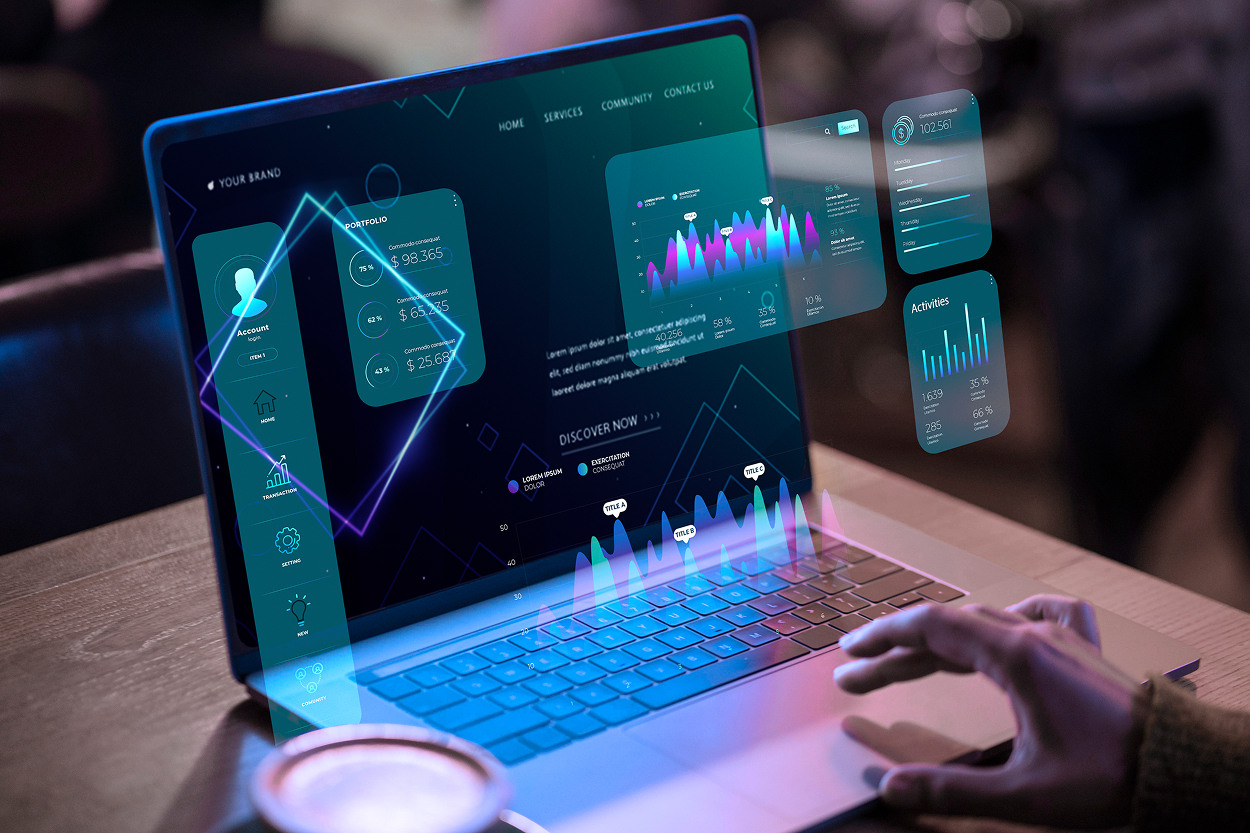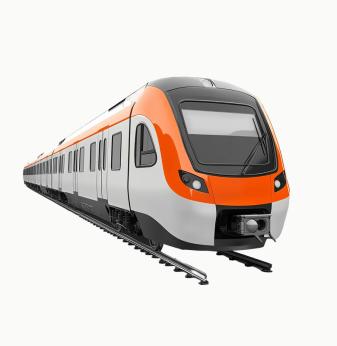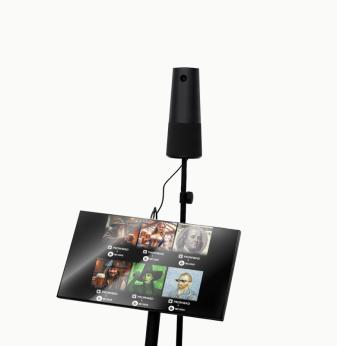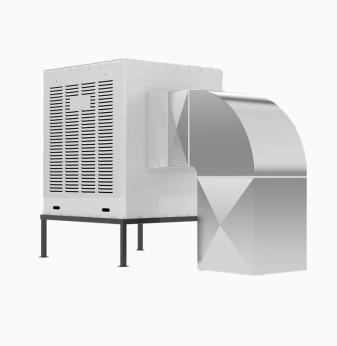Model Compression for AI in Edge Devices: Pruning and Quantization in 2025

Artificial intelligence is increasingly moving from the cloud to real-time, resource-constrained devices. Wearables, autonomous systems, industrial sensors, and smart cameras now rely on embedded AI to function. Yet these devices face strict limits on power, memory, and processing. Model compression has become essential to fit powerful AI capabilities within these constraints. Among the most widely adopted strategies are pruning and quantization, both enabling real-time inference while keeping energy budgets under control.
Why model compression matters for edge AI
Traditional deep learning models are large and compute-intensive, making them impractical for edge devices. Compression techniques reduce model size and complexity without significantly degrading performance. This ensures faster response times, lower power draw, and reduced reliance on cloud connectivity. In 2025, as demand for AI at the edge grows in sectors like automotive, healthcare, and IoT, model compression defines whether an embedded solution can scale or fail.
The industry has recognized that compression is no longer an optional optimization. It is a baseline requirement. Automotive OEMs designing driver monitoring systems, for example, cannot afford models that require GPU-class performance for eye tracking. A compressed model running on a mid-range automotive SoC allows compliance with safety standards while staying within thermal limits. In healthcare, continuous patient monitoring devices must analyze data locally, without relying on cloud connections. Here too, compressed models make the difference between viable products and impractical prototypes.
Pruning strategies for efficient deployment
Pruning removes redundant parameters from neural networks. By eliminating weights that contribute little to accuracy, models become lighter and faster. Several approaches dominate the field.
Unstructured pruning removes individual connections, achieving maximum sparsity but requiring specialized hardware/software for acceleration. Although effective in reducing parameter counts, its practical use has been limited by hardware support. Without accelerators designed for sparse computation, unstructured pruning risks creating irregular workloads that do not map efficiently to processors.
Structured pruning targets filters, channels, or layers, yielding hardware-friendly compressed models that map well to GPUs, FPGAs, and NPUs. This makes it particularly attractive for real-time devices where predictable performance is critical. A pruned convolutional neural network can run smoothly on an embedded SoC, consuming less energy and delivering faster results.
Dynamic pruning adapts at runtime, skipping computations based on input data. For example, in a video analytics pipeline, frames with little motion may bypass certain filters entirely. This flexibility improves efficiency in real-world conditions, where workloads are not uniform.
Real-world deployments illustrate these gains. An industrial vibration monitoring device using structured pruning achieved 40% faster inference with only 2% accuracy loss, enabling on-device anomaly detection without cloud dependence. In autonomous drones, dynamic pruning helped extend battery life by selectively skipping vision computations in clear conditions. These examples underline how pruning aligns AI to the realities of constrained, unpredictable environments.
Quantization techniques for low-power AI
Quantization reduces the precision of numerical representations, typically converting 32-bit floating-point models into lower-bit integers (e.g., INT8). This cuts memory use and speeds up inference on hardware designed for fixed-point operations.
Post-training quantization quickly compresses models after training, useful for devices with limited compute resources. It is the fastest entry point for companies that want to deploy AI without re-engineering training pipelines. However, it may degrade accuracy in sensitive applications.
Quantization-aware training (QAT) integrates quantization into the training process, simulating its effects so that the model adapts in real time. This produces higher-accuracy compressed models and has become standard for safety-critical or accuracy-sensitive deployments.
Mixed-precision quantization assigns different bit-widths to layers depending on their sensitivity. For example, critical feature extraction layers may stay at 16-bit, while fully connected layers are quantized to 8-bit. This balances efficiency and performance.
One practical example is a smart traffic camera system designed to monitor urban intersections. By applying quantization-aware training with INT8, engineers reduced energy consumption threefold without losing detection accuracy. The camera could now operate continuously on solar power, providing uninterrupted service in locations where wired infrastructure was unavailable.
Hybrid approaches: combining pruning and quantization
While pruning and quantization are powerful individually, combining them delivers higher efficiency. The trend in 2025 shows hybrid pipelines: first pruning to shrink model size, then quantizing to optimize runtime efficiency. This balance enables high compression ratios without catastrophic accuracy loss.
Industries like automotive (ADAS), medical devices, and robotics are moving toward hybrid compression workflows integrated with hardware accelerators such as NXP S32, Qualcomm Snapdragon, and NVIDIA Jetson platforms. These platforms increasingly include toolchains for compression, allowing developers to move from research models to production-ready versions more quickly.
A robotics company deploying smart warehouse robots reported that a hybrid pruning-quantization pipeline reduced model size by 75% and power consumption by 50% while maintaining 97% accuracy. This made it possible to extend battery life and improve navigation reliability in large industrial spaces.

Challenges in model compression
Despite its promise, AI model compression has trade-offs. Accuracy degradation remains the most visible risk if pruning or quantization is too aggressive. For safety-critical systems like healthcare monitors or automotive driver assistance, even small drops in reliability are unacceptable.
Hardware-specific optimizations also create fragmented ecosystems. A model compressed for NVIDIA Jetson may not perform as efficiently on Qualcomm Snapdragon without re-optimization. This increases engineering overhead and slows down standardization.
Security and robustness are emerging concerns. Compressed models may become more brittle, with reduced tolerance for noisy inputs or adversarial attacks. Developers must balance efficiency gains with resilience.
Finally, retraining pipelines for compressed models adds complexity. Engineers must account for additional testing, verification, and sometimes re-certification, especially in regulated industries.
Outlook for 2025 and beyond
Model compression is no longer an optimization—it’s a requirement. By 2025, real-time AI devices increasingly integrate compression-aware design from the earliest stages. The combination of pruning, quantization, and knowledge distillation is emerging as a standard pipeline.
In the short term, post-training quantization remains a fast solution for IoT devices and wearables. In the mid term, hybrid compression workflows are set to dominate, as toolchains mature and hardware vendors align around standards. Long term, a new paradigm may emerge: models trained from the ground up for compressed deployment, eliminating post-hoc adaptations. This could enable ultra-low-power AI across billions of devices, from medical wearables to autonomous delivery systems.
In every scenario, compression ensures that intelligence moves beyond the cloud, powering devices that are not only smart but also practical, efficient, and reliable in the real world.
AI Overview: AI Model Compression in Edge Devices
AI Model Compression — Overview (2025)
Pruning and quantization strategies allow AI models to run on real-time devices with strict power and memory limits, transforming edge AI deployment in sectors like automotive, healthcare, and IoT.
Key Applications:
Real-time anomaly detection in industrial sensors; low-latency driver monitoring systems; wearable health devices; autonomous drones with efficient navigation AI.
Benefits:
Up to 75% reduction in model size; faster inference and lower power consumption; reduced cloud dependence; improved scalability across billions of IoT nodes.
Challenges:
Accuracy loss if compression is too aggressive; fragmented hardware support; retraining and verification complexity; potential vulnerabilities in compressed models.
Outlook:
- Short term: post-training quantization dominates IoT.
- Mid term: hybrid pruning-quantization pipelines become standard.
- Long term: models trained natively for compression reshape embedded AI efficiency.
Related Terms: pruning, quantization, hybrid compression, knowledge distillation, edge AI optimization, embedded inference, low-power neural networks.
Our Case Studies








